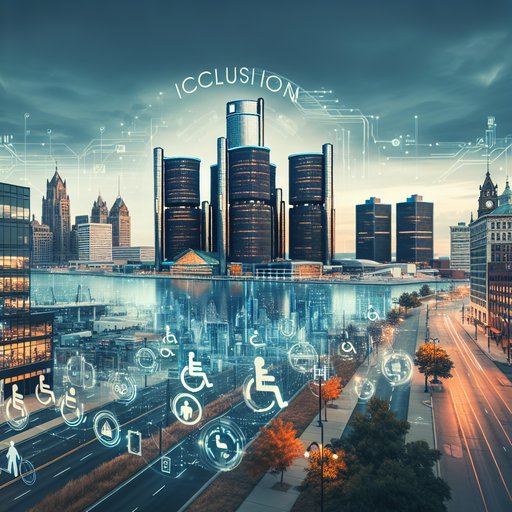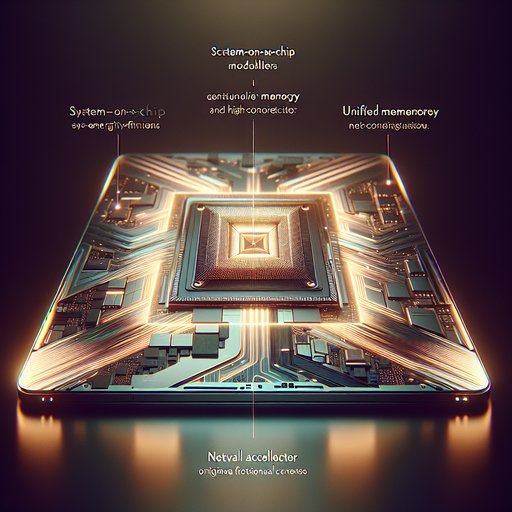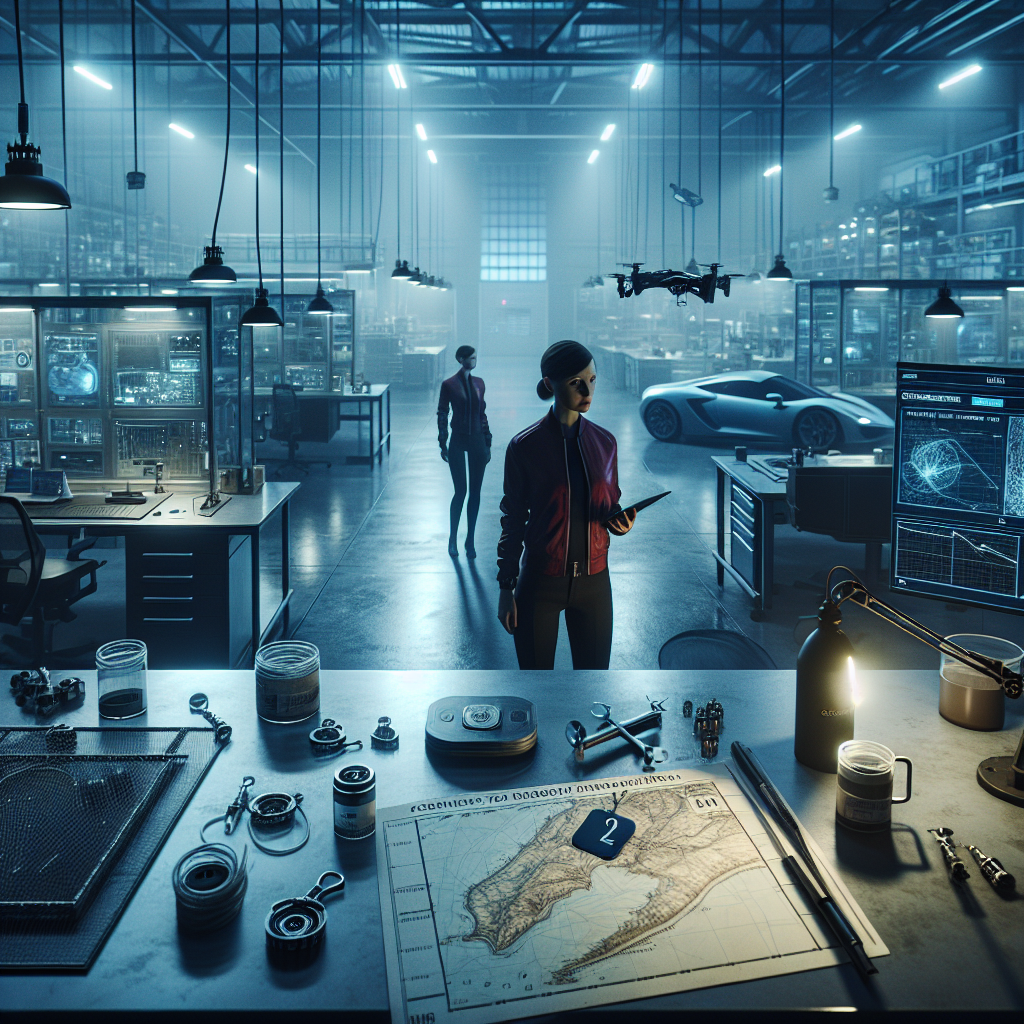
Apple's announcement of a two-day Manufacturing Academy in Detroit next month [2] has been met with enthusiasm by industry insiders eager for a glimpse into the future of tech-driven production. Yet beyond the gleaming machinery and high-tech processes, this event raises crucial questions about how smart-city innovations can empower or exclude those who are mobility-challenged, particularly the elderly. As urban landscapes become increasingly digital, it is imperative to consider who benefits and who gets left behind.
The allure of cutting-edge technology often dazzles us into overlooking the subtler implications of its integration into everyday life. Smart cities, with their promise of efficiency, sustainability, and enhanced quality of life, are hailed as the urban future. However, this vision frequently assumes a level of mobility and tech-savviness that not all citizens possess. The elderly, in particular, risk being marginalized as cities evolve at a pace that outstrips their ability to adapt.
Detroit, a city with a rich industrial history, is an apt venue for Apple's Manufacturing Academy. It embodies both the potential for technological rebirth and the challenges of ensuring that such progress is inclusive. Apple's initiative is commendable for its focus on revitalizing local economies through tech education and job creation [1], but it must also address the digital divide that leaves many, especially older adults, behind. Historically, technological advancements have been a double-edged sword.
The industrial revolution brought unprecedented growth but also widened socio-economic gaps. Similarly, today's digital revolution offers transformative potential yet risks exacerbating existing inequalities. Mobility-challenged elders, who may already feel isolated, could find themselves further alienated by smart-city infrastructures that prioritize tech over tactile human needs. The ethical dilemma lies in balancing innovation with accessibility.
While smart cities boast features like autonomous public transport and app-driven services, these advancements presuppose connectivity and digital literacy. For seniors unaccustomed to such technologies, this can mean exclusion rather than empowerment. The challenge is not only technical but also deeply human: how do we build cities that care for their most vulnerable? Apple's academy could serve as a catalyst for inclusive urban design, setting benchmarks that other tech giants might follow.
By integrating accessibility into the core of their manufacturing processes, Apple can ensure that products cater to users of all ages and abilities. This requires a shift in perspective, viewing elders not as passive recipients of technology but as active participants in its evolution. Lessons can be learned from recent tech governance challenges. For instance, Mailchimp's speed gains came at a governance cost [2], highlighting the need for responsible oversight.
Similarly, urban innovations should be guided by principles that prioritize inclusivity and ethical design. Partnerships with local communities, particularly those representing older adults, can foster environments where technology enhances, rather than hinders, their daily lives. As we look to the future, the goal should be to create cities where technology serves as an enabler rather than a barrier. This means designing urban spaces that are not only smart but also compassionate.
By embedding inclusivity into the fabric of technological advancement, we can craft urban environments that honor all generations, ensuring that as we progress, no one is left behind. Apple's Manufacturing Academy in Detroit has the potential to be more than just a showcase of technological prowess; it could be a beacon for a more inclusive and equitable urban future.
Sources
- Apple Is Opening a Manufacturing Academy in Detroit (Gizmodo.com, 2025-07-29T19:10:06Z)
- Hard-won vibe coding insights: Mailchimp’s 40% speed gain came with governance price (VentureBeat, 2025-07-31T21:43:50Z)























































